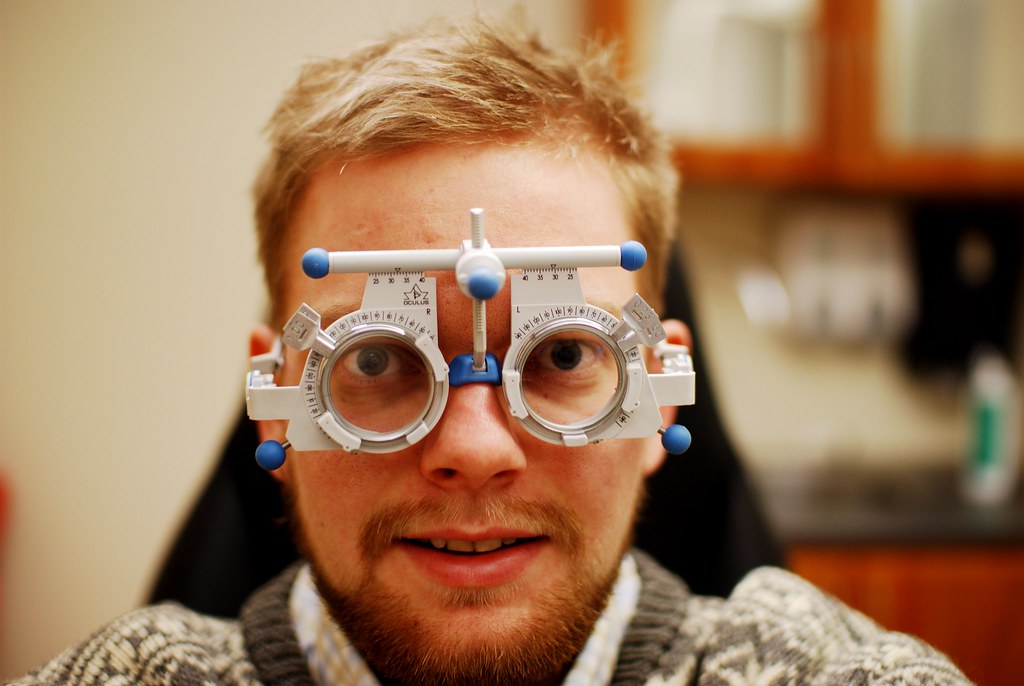Vision changes can indicate more than a need for glasses. In some cases, they reflect underlying health issues that deserve attention. Through diabetic eye care and other preventive services, optometrists detect early damage that affects vision and overall health. These changes are not always obvious in the early stages, which is why routine eye exams matter.
Imaging Tools Support Accurate Detection and Monitoring
Advances in optometry tools help providers see deep into the structure of the eye. Optical coherence tomography creates detailed images of the retina, which supports early diagnosis of diabetic retinopathy and macular edema. These conditions may lead to vision loss when untreated, but early detection allows for timely medical intervention.
Fundus photography and visual field tests also provide valuable insights. They allow the provider to monitor changes over time, which helps track disease progression or stability. These tools are noninvasive, fast, and useful for creating personalized care plans.
Diabetic eye care depends on these technologies for accurate detection. Without them, early signs may go unnoticed. Even people with well-controlled blood sugar benefit from annual exams, as damage may still occur. Tracking patterns over time helps patients stay informed and connected to their overall health.
Optometrists Support Whole-Body Health
Although many people visit optometrists for glasses or contact lenses, the scope of care goes much further. Diabetic eye care serves as just one example of how optometrists contribute to early detection of systemic conditions. They can also identify signs of high blood pressure, autoimmune disorders, and neurological problems.
The eyes provide a view into blood vessels and nerves that cannot be seen elsewhere without surgery. This makes optometric care important for people managing chronic conditions. Eye exams support coordination with primary care providers and specialists. Together, they create a clearer picture of the patient’s overall health.
When optometrists recognize signs of damage or inflammation, they guide the patient toward appropriate next steps. This might include changes to medication, referrals to an ophthalmologist, or follow-up imaging to monitor progress. Each step supports long-term health outcomes and may reduce the need for more intensive treatment later.
Diabetic Eye Care Encourages Early Action
People with diabetes have an increased risk of developing vision problems, especially when glucose levels remain elevated over time. Diabetic care focuses on identifying damage early, before it becomes severe or permanent. This may include swelling in the macula, bleeding in the retina, or narrowing of blood vessels.
When changes are detected early, treatments are more effective. This may involve medications, injections, or laser procedures from an ophthalmologist. Optometrists serve as the first line of defense by catching signs before symptoms disrupt daily life.
Annual exams are recommended even when vision feels stable. Because damage can progress silently, these screenings serve as a critical tool in long-term diabetes management. People who receive regular eye care often maintain better vision and experience fewer complications.
Stay Proactive About Eye and Systemic Health
Optometrists offer much more than vision correction. Through diabetic eye care and routine imaging, they help detect early signs of health conditions that affect the whole body. If you are managing diabetes or have concerns about your eye health, schedule a comprehensive exam. A provider can assess your needs, explain your options, and support a long-term care plan that fits your goals.





Leave a Reply